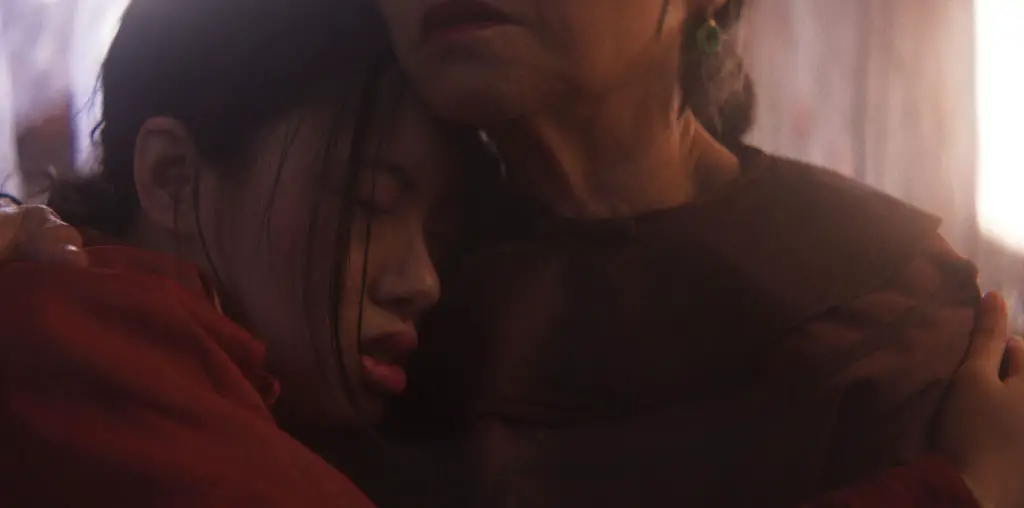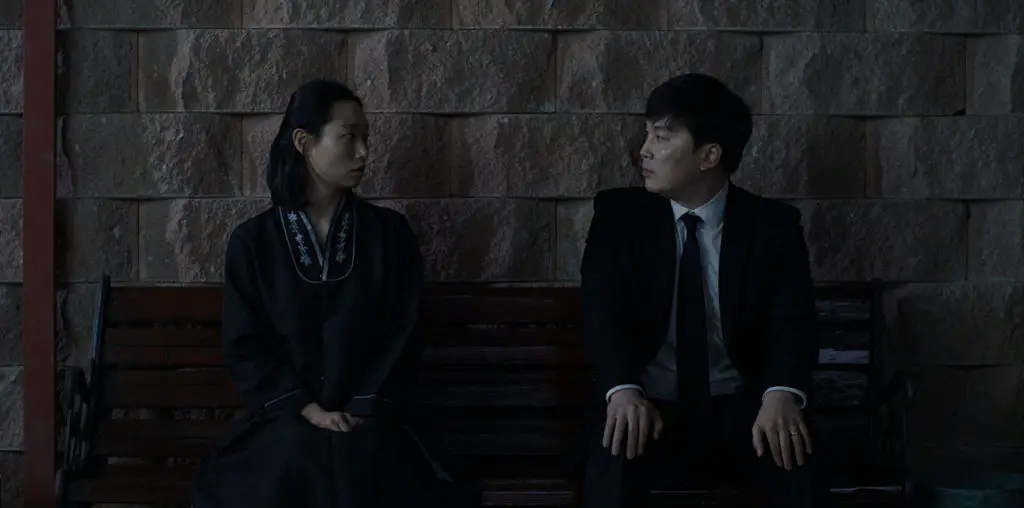
Photographs become more than just pictures when they are arranged to tell a story. True, anyone can put a dozen or more photos in a certain order to create a narrative, but not everyone can give touchable life to something that technically exists in a constant state of quiescence. Consisting of three shorts, “The Tentative Years” portrays its creator as someone who might be a better photographer than film director.
The two weaker pieces from “The Tentative Years” are “Love @ 11:47” (2001) and “Dino Adino” (2004). The former impresses one as an attempt to display acting range and the latter would be ideal audition footage for why Motlagh should work behind the scenes on MTV’s “The Real World.” The director plays three different but genetically related characters in “Love @ 11:47,” each of whom is preoccupied with love. Tony is having girlfriend troubles, Charlie is obsessed with Chicken in a Biskit crackers, and Clive prays for divine help in getting the attention of a girl named Angela. Uninterested in presenting a conventional narrative, Motlagh employs the split-screen technique to juxtapose admirer with object of affection. Far from enriching the short, it actually makes one wonder if Motlagh simply prefers to put images (stationary or not) next to each other to see what message surfaces. Furthermore, by portraying three temperamentally and psychologically different characters, the director fails at showing range but succeeds at simulating an identity disorder.
“Dino Adino,” the third and longest film, is an amalgamation of Motlagh’s “style,” a combination of moving and non-moving pictures. It’s set up as an interview that is inter-cut with still photos of Dino’s friends, sunsets, cityscapes, partially built apartment buildings, and sunrises. The moving portions include footage of Dino talking to the camera, interacting with his friends, and driving down the freeway; little girls playing soccer, bicyclists, and houses in Irvine, CA. “Dino Adino” is the most plot-less and pointless feature of “Tentative Years.” It seeks to acquaint the viewer with the title character but without an impetus for us to want to know him, this sixteen minute-long movie supports the idea that “just because you can make a film, doesn’t mean you should make one.” “Love @ 11:47” and “Dino Adino” are two strikes against Motlagh, but “Still Lover” redeems him. Running five minutes in length, “Still Lover” (2002), the first short in the compilation, is the strongest and most appropriately named piece.
Narrated by the director himself, “Still Lover” begins with a voice-over remark, “I hate her, I think she’s really fantastic” followed by still images of an apartment complex which then go inside this woman’s bedroom and document her day’s activities. She wakes up, takes a shower, goes to the bathroom, puts on makeup, gets dressed, goes out, comes back, changes into lingerie, and goes to bed. “Still Lover” is comprised of still images of this woman (Brie Anne Harris) who mesmerizes and frustrates the narrator. Although the viewer cannot hear her voice and her gestures resemble poses (as opposed to fluid body language), the organization of the images makes her as real as any character brought to life with moving pictures. There’s an illusion of motion, but broken down into individual shots, she isn’t moving at all. Significantly, she is confined to still photographs, unthreatening and existing forever.
To be tentative is to be unsure, not fixed, and malleable. If “The Tentative Years” is aptly named, then the director’s artistic vision has room to grow. Should he revisit the style and methodology of “Still Lover,” Motlagh’s body of work would be a reminder that characters can communicate without uttering a word.

